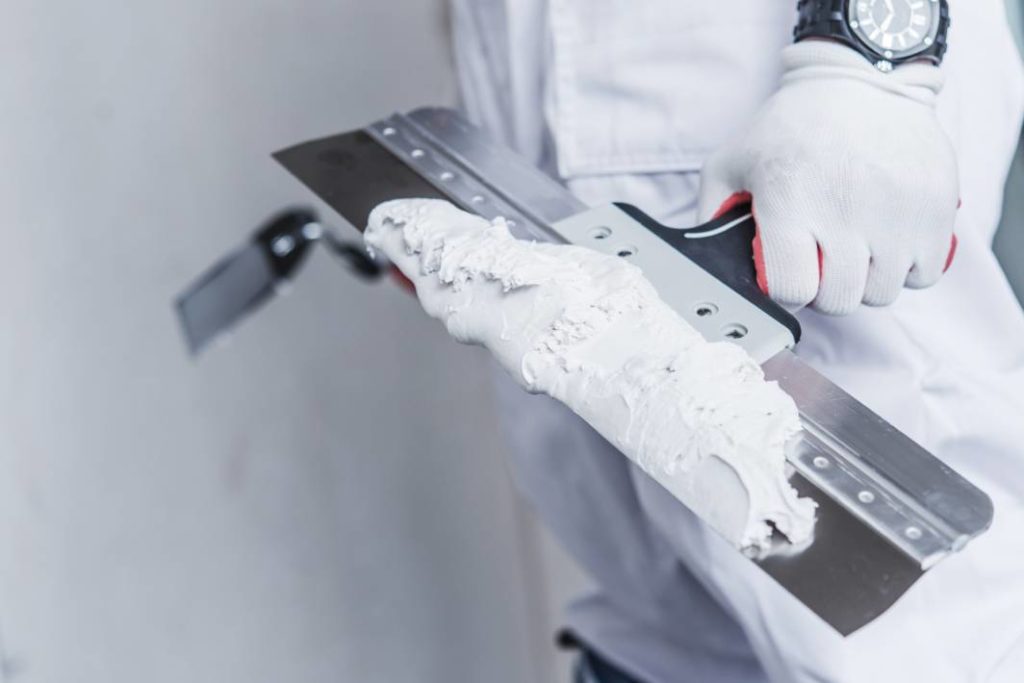Can You Put Tile on Drywall? Reasons, Risks & Tips
-
Ed Malaker
- Last updated:

Tile is an extremely affordable and durable surface. It’s also quite attractive and comes in many colors and patterns, which is why many people like to use it in their homes. Since drywall is so common in the United States, you might be wondering if it’s okay to place new tile over it, and the short answer is yes, though there are a few things to consider. If you are thinking of putting tile in your home, keep reading as we discuss several things to consider before you get started.
Can I Put Tile on Drywall?
Yes. You can place tile over drywall, as long as the area does not have much humidity. You will also need to prepare the drywall before applying the tile.

Where Should I Avoid Covering Drywall With Tile?
You should never place tile around your kitchen sink area or your bathtub or shower, as these areas receive a great deal of moisture. While tile is indeed often found in these areas of the home, builders usually attach the tile to a better surface than drywall. The laundry room is another area that can get quite humid, as can a sauna or jacuzzi. Outside areas without much insulation can also get too moist to make it a good place for putting tile over drywall.
The 3 Things That Would Happen If You Placed Tile Over Drywall in a Moisture-Rich Area
1. Wood Warping
You want to avoid putting tile over drywall in a damp area because the drywall can retain a great deal of moisture. Since you nail drywall to 2x4s that hold the building together, it can transfer the moisture to this wood. This might lead to damage or warped wood, which can significantly damage the home.
2. Mold and Bacteria
Since the drywall holds moisture, it easily harbors bacteria. It’s also the perfect environment for mold to grow. Once mold and bacteria grow, your tiles will likely begin to fall off, and you will need to redo your work. You can also create a bad odor and a dangerous health hazard.

3. Pests
Once drywall absorbs moisture, it attracts ants, termites, and woodworms looking to make it their home. An infestation of any of these pests can damage multiple walls and be extremely expensive to remove and repair.
How Do I Prepare Drywall for Tile?
- Remove any switch and outlet covers.
- Scrub the walls with a mild detergent, letting them dry completely.
- Seal any cracks with sand and adhesive.
- Apply a skim coat to the entire wall to seal the seam.
- Lightly sand the surface to help the tile adhere better.
- Vacuum and wipe down the surface with a damp cloth to remove dust, and allow it to dry completely.
- Apply a primer to protect the surface from moisture, and let it dry before applying tile.

How Do I Install the Tile Over Drywall?
- Mix your mortar by following the instructions on the package to get the proper viscosity.
- Use a trowel to spread the mortar on the rough side of the tile.
- Carefully place the tile on the drywall, and apply pressure so it sticks.
- Repeat until all tiles are in place.
Conclusion
Placing tile over drywall is fine in most areas of the home, and it’s a good idea as long as there isn’t too much humidity that might soak through the tiles and into the drywall. Properly prepare your surface and use a good moisture barrier. However, you should avoid placing tiles in the bathroom and the kitchen near the sink. We also recommend avoiding the basement laundry room, but most other areas should be fine.
Featured Image Credit: Virrage Images, Shutterstock
Contents
